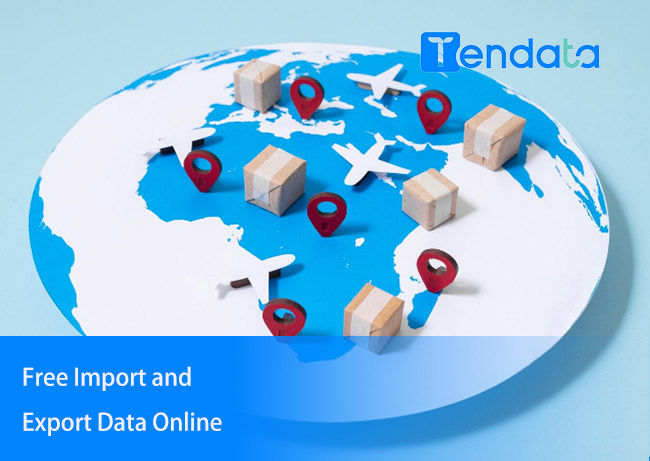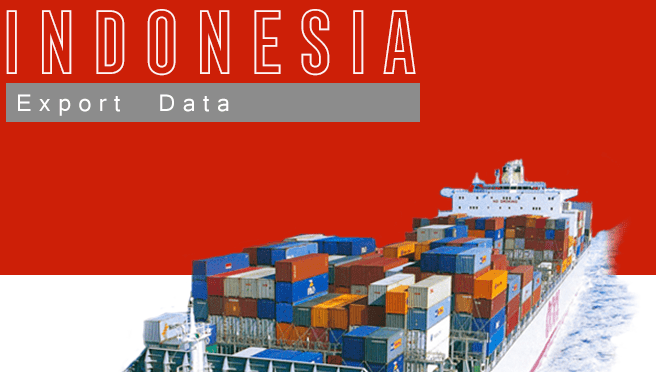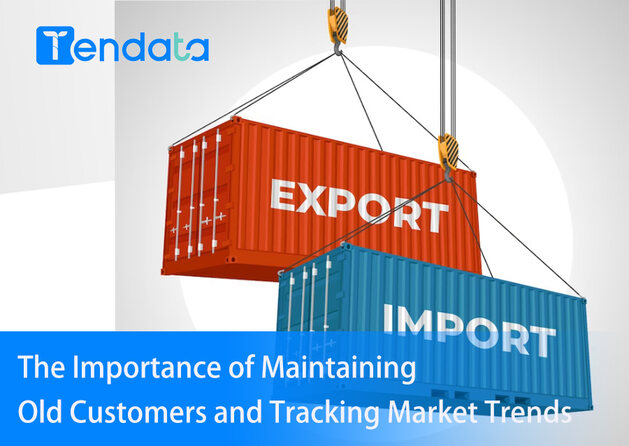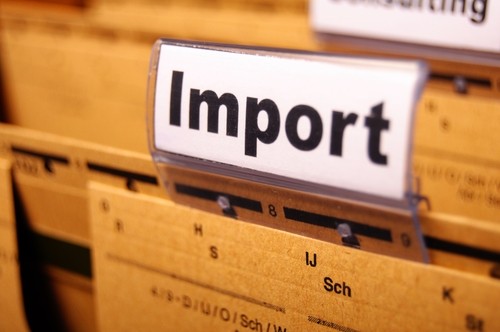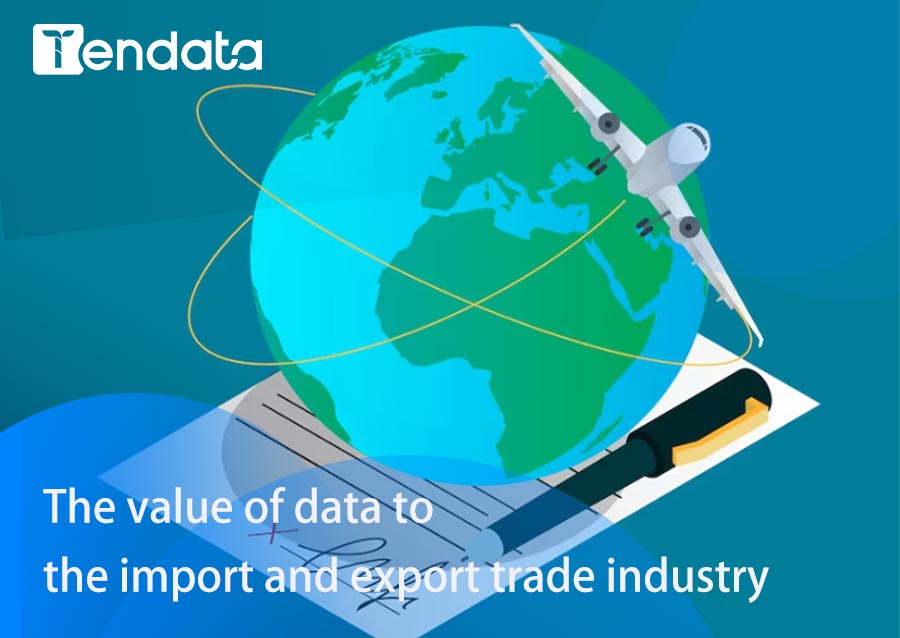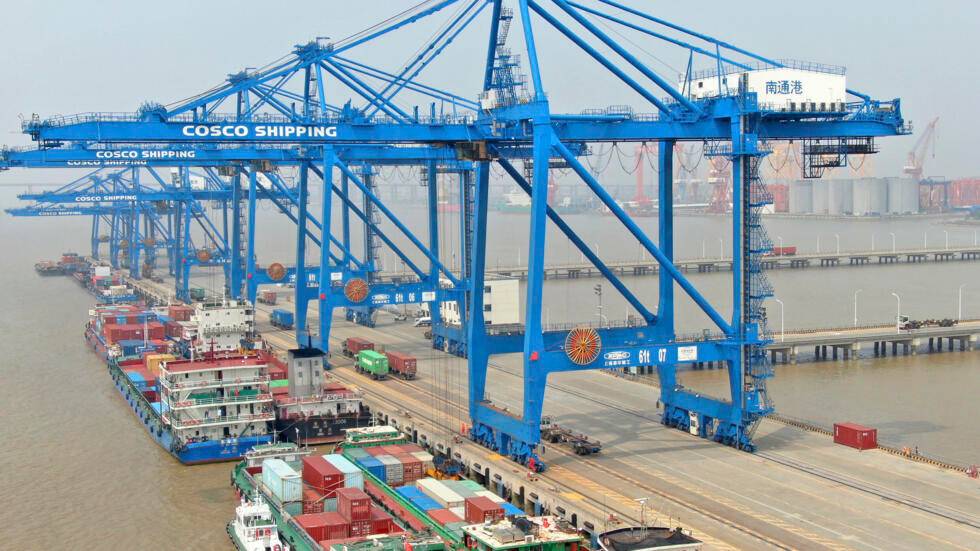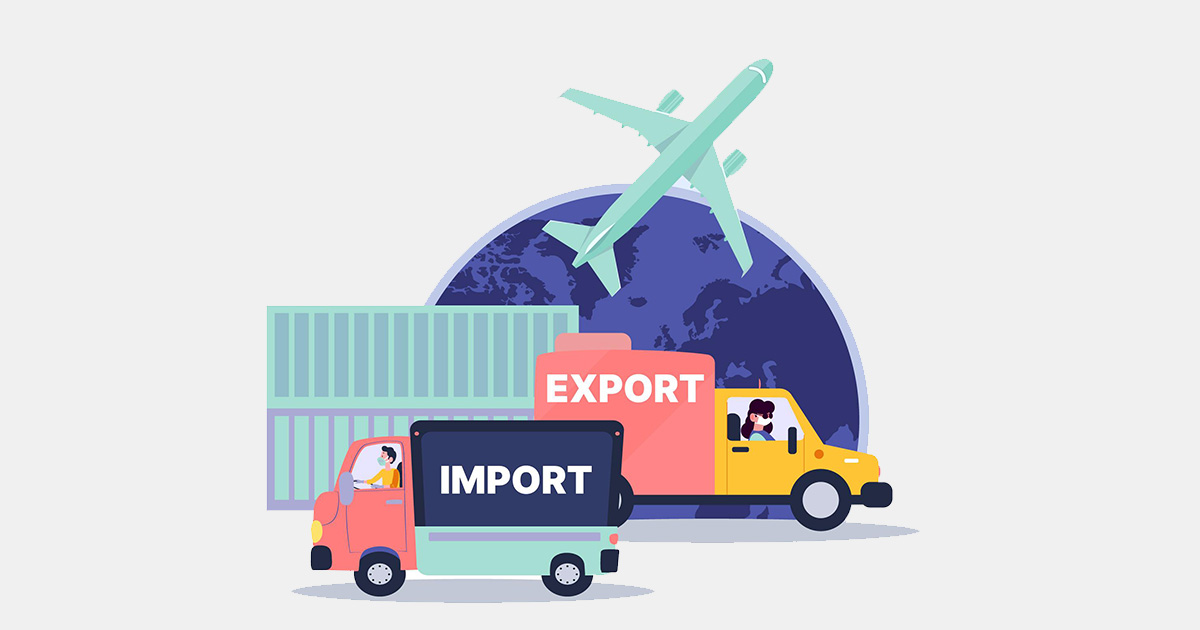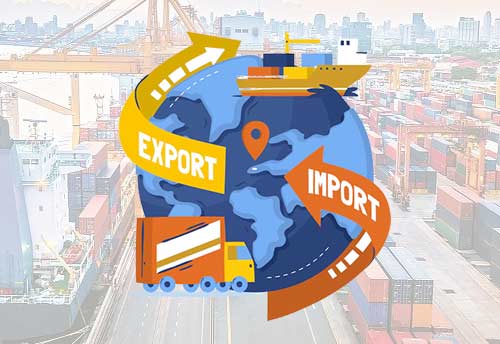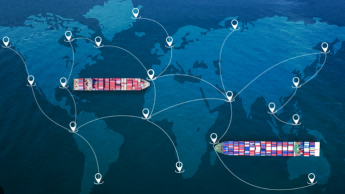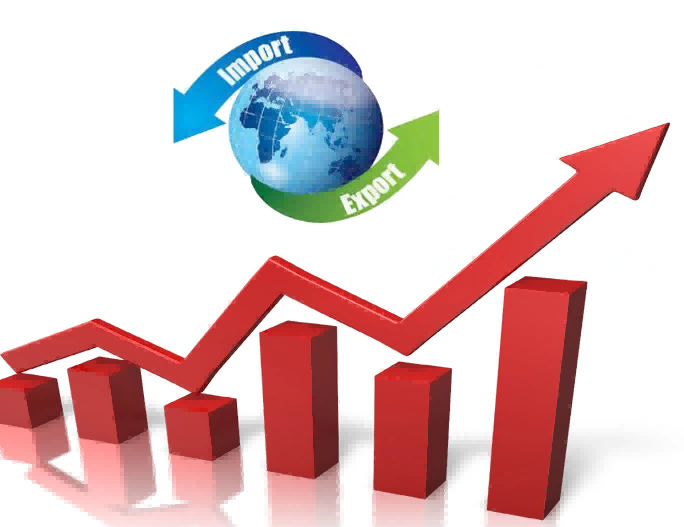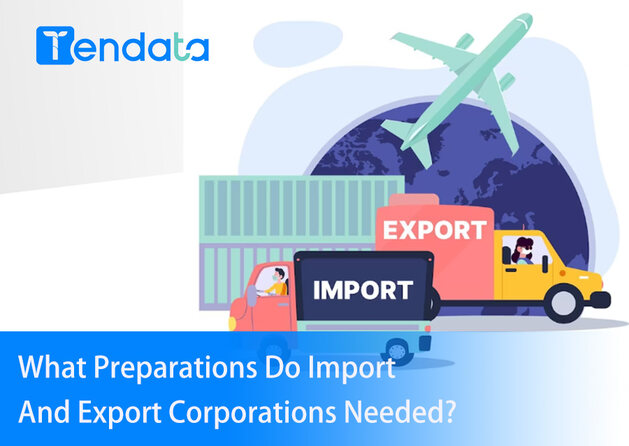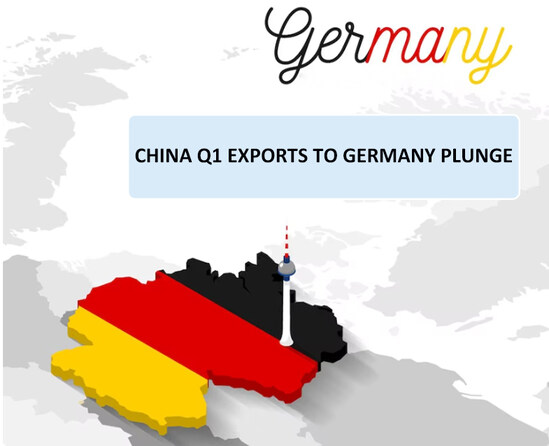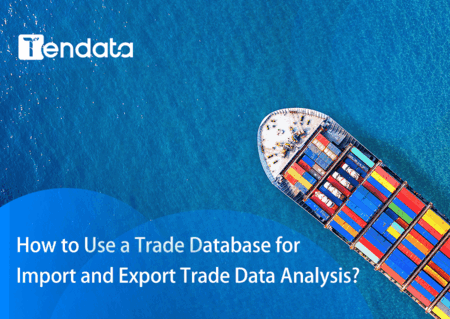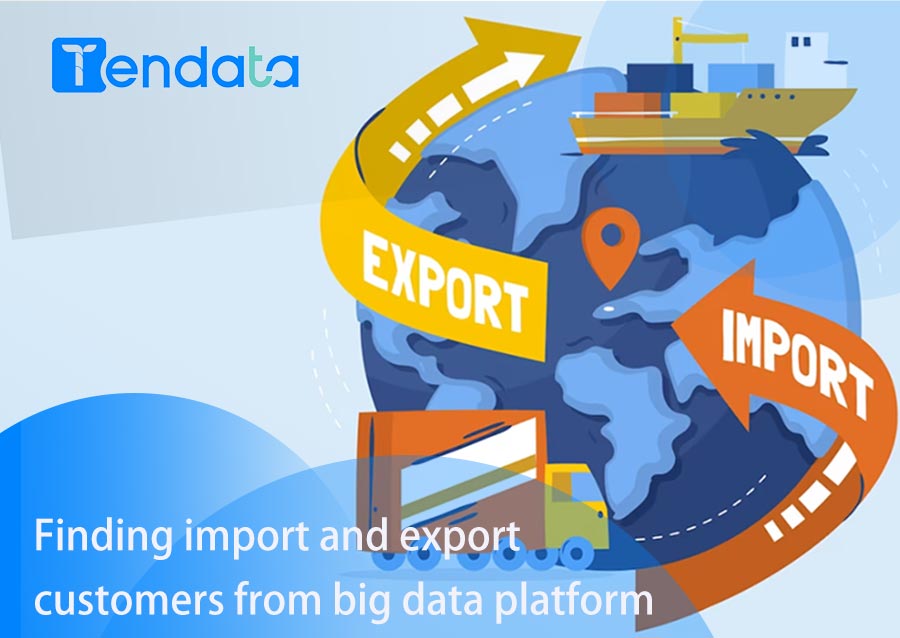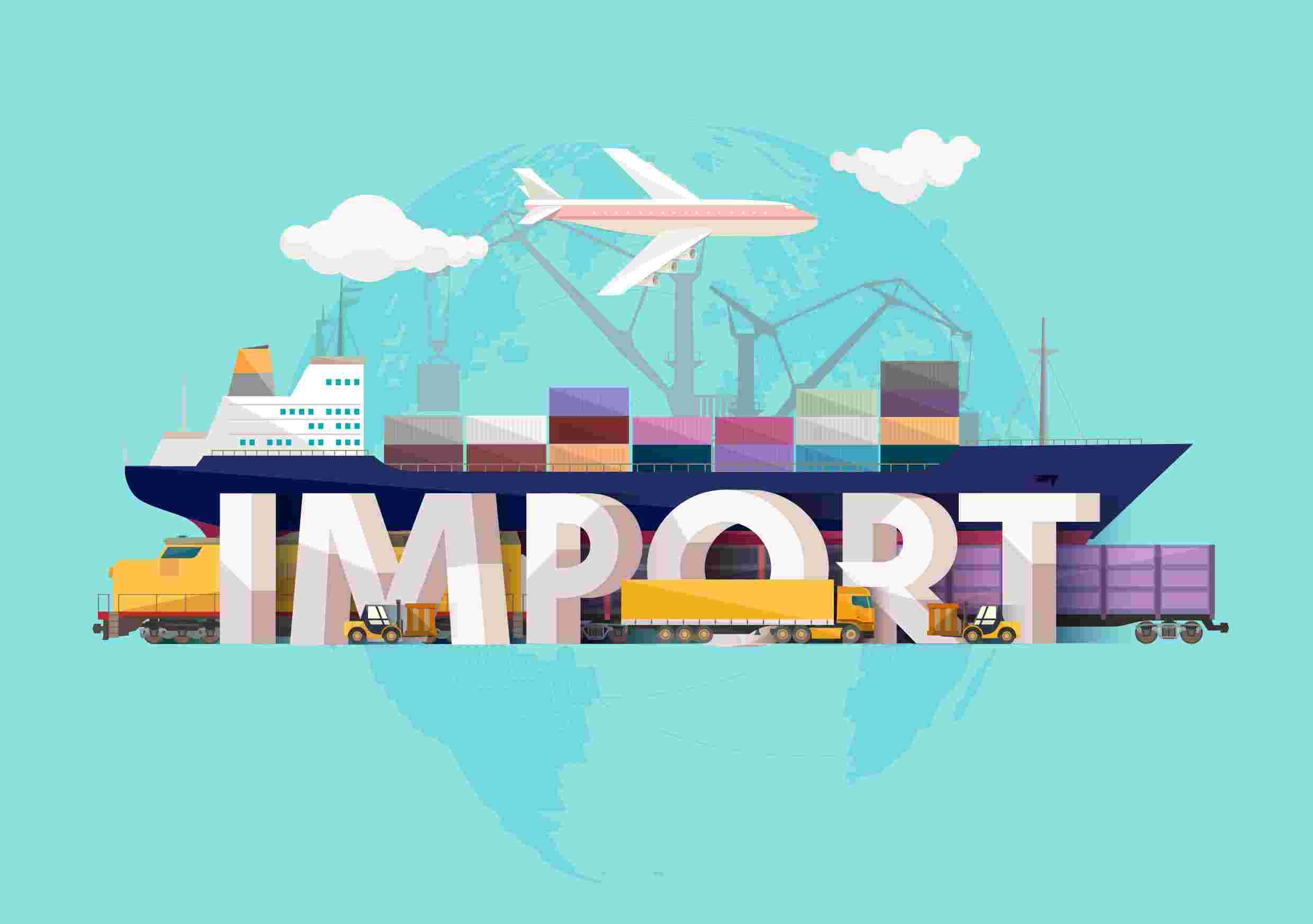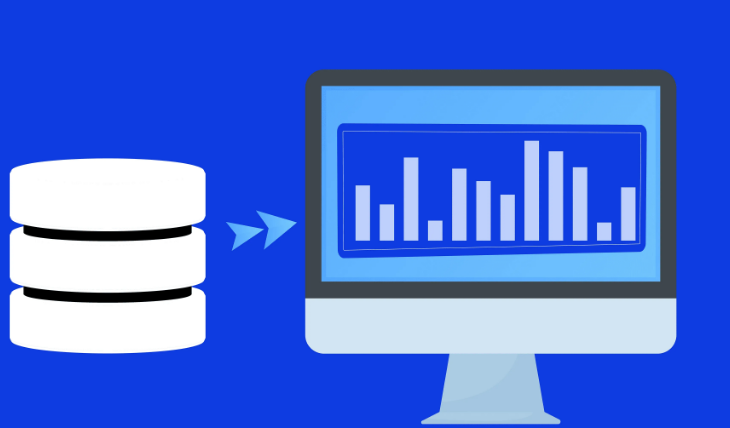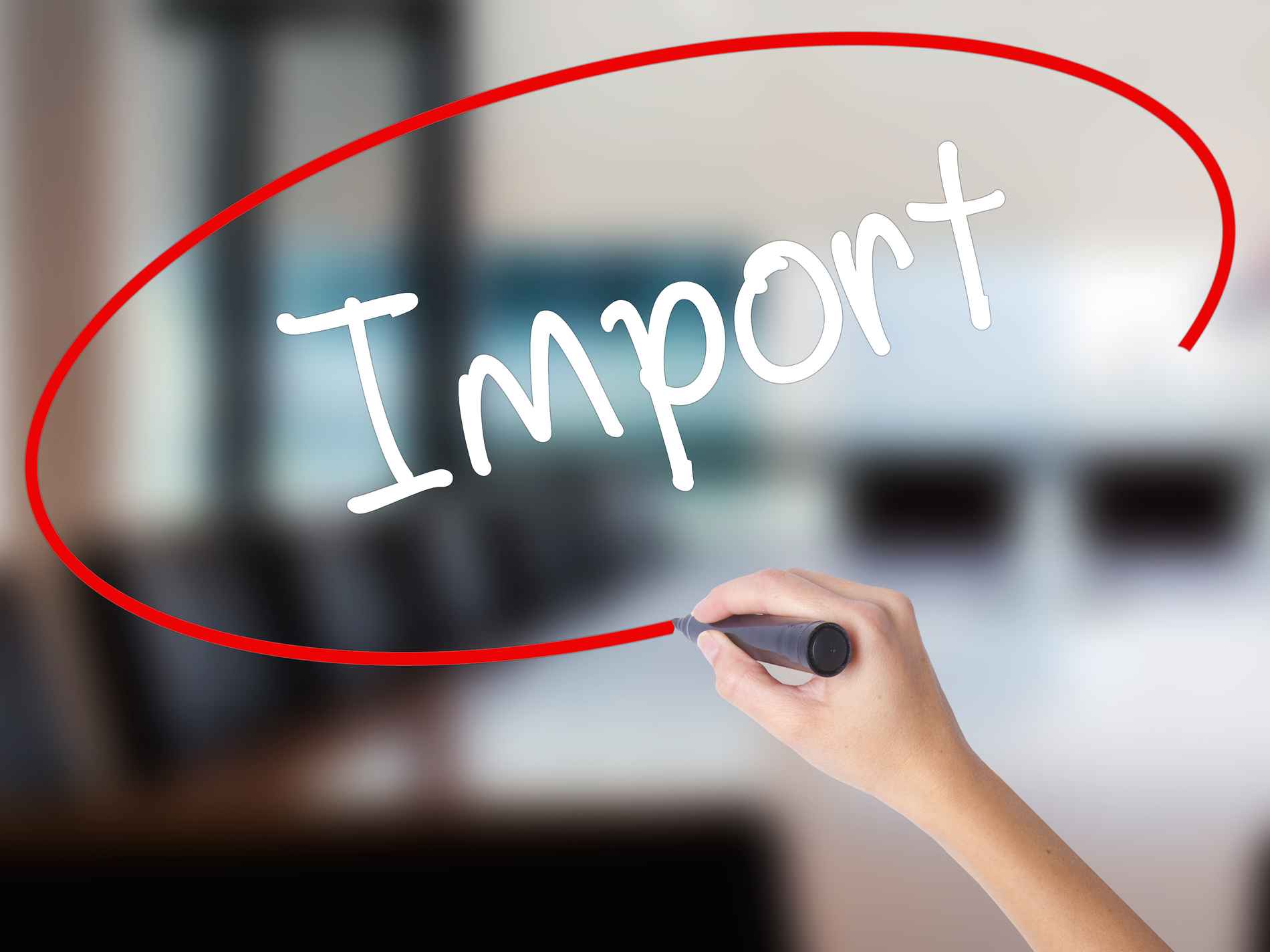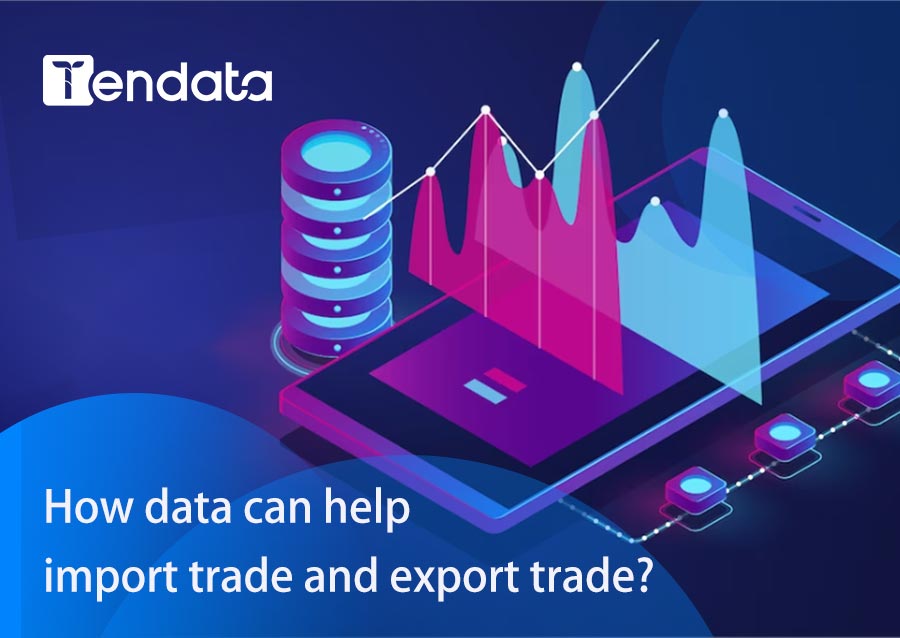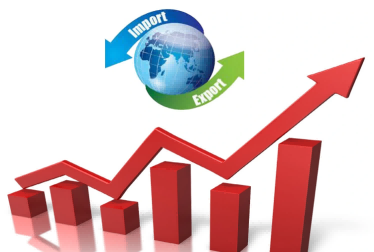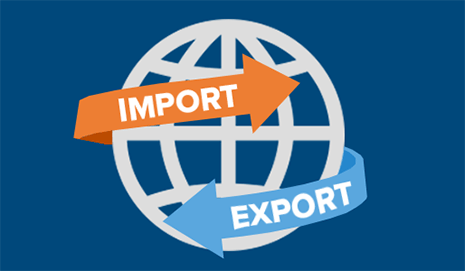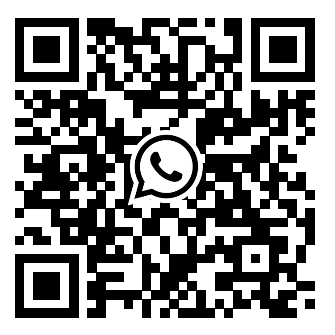 Trade Data Provider
Trade Data Provider
 2025-07-09
2025-07-09
This article provides an in-depth analysis of several highly effective strategies for developing import and export clients, including ad placements, building independent websites, Google search techniques, and the use of global trade data. Whether you're a newcomer to international trade or an experienced export professional, you'll find tailored client development tactics that suit your product type and market positioning, helping you acquire leads with greater efficiency and accuracy.

01. Advertising and Promotion
Common channels for developing import and export clients include Alibaba International, Made-in-China, and platforms like Facebook. These can provide significant exposure and access to potential buyers, but they are also highly competitive, with advertising costs constantly rising. For beginners, it’s important to not only master platform operations but also understand user behavior, which requires a learning curve.
02. Building an Independent Website
Unlike B2B platforms that come with built-in traffic, independent websites rely entirely on self-driven traffic, making them a more long-term but autonomous approach to client acquisition. Two key methods include:
(1) SEO Optimization: Improving organic rankings through strategic keyword placement, publishing high-quality content regularly, and building backlinks.
(2) SEM Advertising: Running Google Ads through keyword bidding. Though effective, this method has a higher barrier to entry and is not ideal for beginners.
Keyword sourcing methods include:
·Google/Amazon autocomplete suggestions
·Product titles from e-commerce platforms (e.g., eBay, Alibaba)
·Wiki keyword parsing
·Third-party tools like Semrush and KeywordTool.io
Content topics should focus on product quality, brand story, service details, cost advantages, and R&D. Aim to publish at least two original blog posts per month, implement basic SEO, and build high-quality backlinks to more effectively attract and convert prospects.
03. Using Google for Lead Generation
(1) Google + Product + Email Suffix
This method is particularly practical for finding large-scale distributors or wholesalers in specific countries. By entering “product keyword + common email suffix” into Google, you can often identify real buyers. This requires some familiarity with common suffixes used in various countries, such as:
·Argentina/Italy: SR.L
·Mexico/Spain: SA.DE CV
·Peru: SA.C.
·Malaysia: Sdn Bhd
·Australia/New Zealand: Pty Ltd
·South Africa: (Pty) Ltd
·India/Nepal: PVT LTD
·Austria/Germany: GmbH
(2) Google + Product + Company Suffix
Many companies in different countries have typical suffixes in their names (e.g., “GmbH” in Germany, “Pty Ltd” in Australia). Using these in combination with product keywords can help you identify potential buyers more efficiently, and then use global trade data tools to evaluate their quality.
(3) Google + Product + Importer
Use synonyms such as “buyer,” “company,” or “retailer” alongside country names (e.g., “LED light importer Germany”) to better target your searches. Try different combinations of terms for better results.
(4) Google Image Search
Often overlooked, simply searching for your product and switching to the “Images” tab can lead you to product photos linked to independent sites—quickly revealing overseas brands or distributors and their contact details.
(5) Google + LinkedIn
If you find a company but don’t have the contact person’s details, LinkedIn is invaluable. You can search for names + company, verify roles, and explore employee lists for titles like “Purchasing Manager,” “Sourcing Manager,” or “Business Development Manager”—the key decision-makers you want to connect with.
04. Using Global Trade Data to Quickly Identify Target Clients
If the above methods feel time-consuming or inefficient, consider using a professional global trade data platform. These tools allow you to search for exporters' clients, company names, trade volumes, transaction frequencies, and more. Once you’ve identified target companies, you can retrieve contact details for key decision-makers directly—greatly improving efficiency.
For example:
Using Tendata Global Trade Data, we filtered out active Russian importers of die-casting molds with import/export records in the past year.
>> Free trial of Tendata Global Trade Data <<
From there, we analyzed their purchasing behavior, suppliers, regions, and more — identifying buyer potential and the best time to approach.
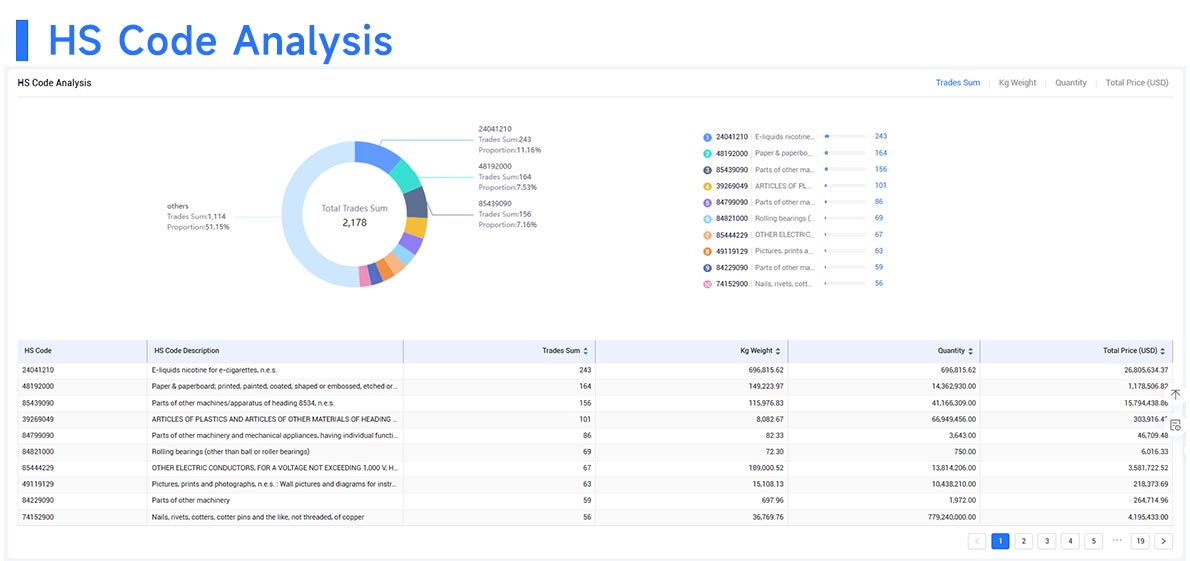
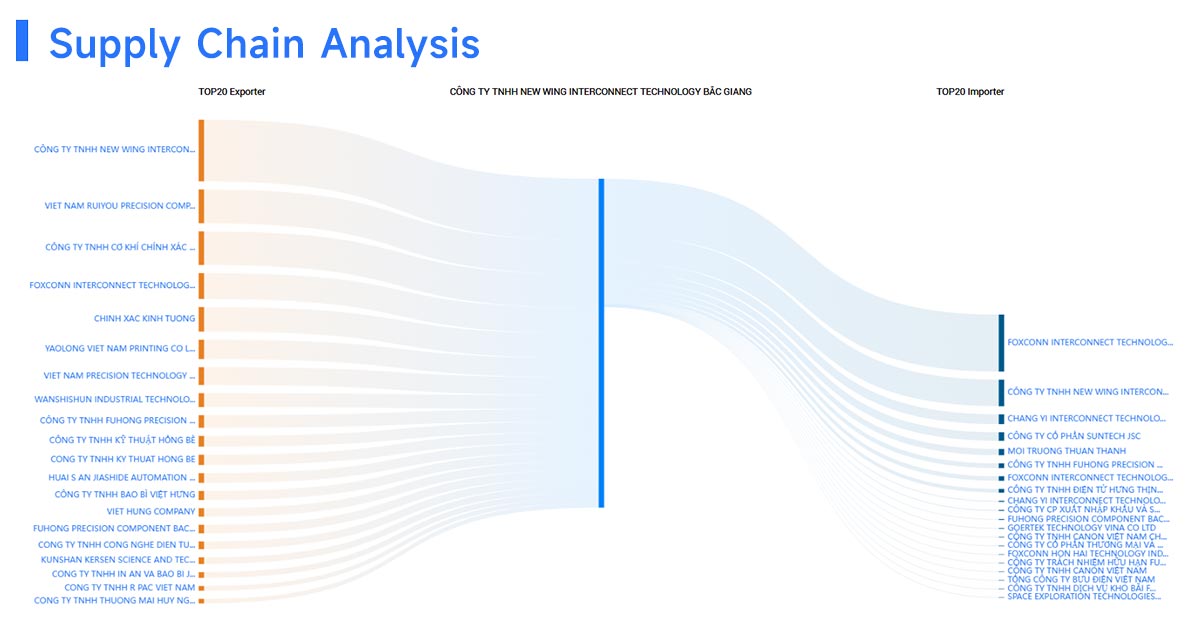
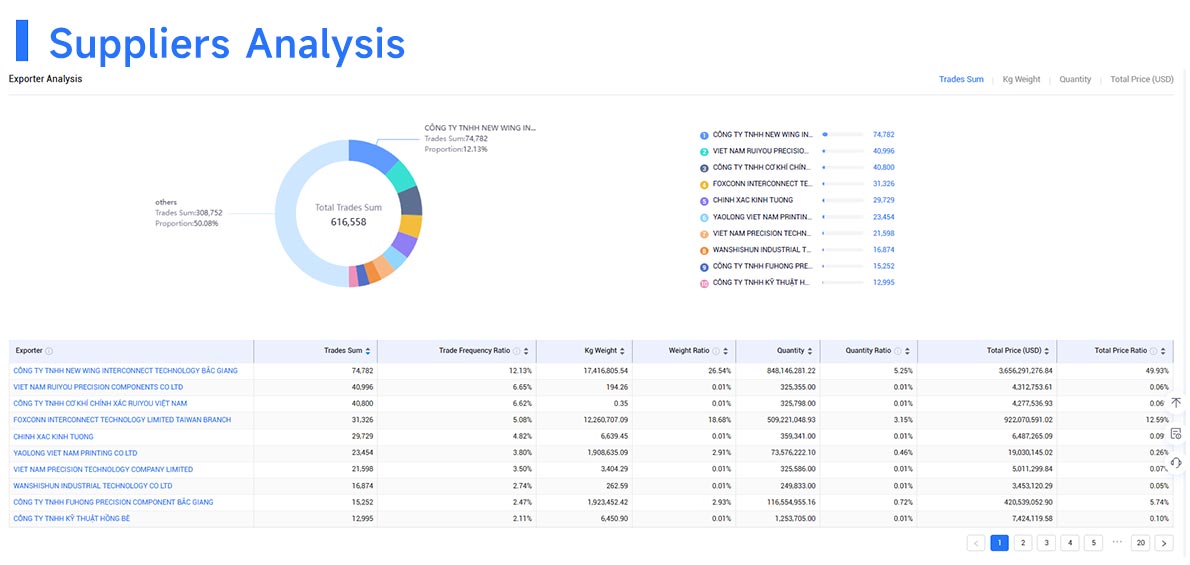
For each target customer, you can analyze their import history, HS codes, suppliers, supply chain, import regions, etc., which helps assess their purchasing power and potential for long-term cooperation. Trade trend analysis allows you to identify the best timing and approach for communication—laying the foundation for successful deals.


Additionally, Tendata provides a comprehensive contact database. With just one click on the “Contacts” section, you can access detailed info on buyers, executives, and decision-makers—including their email addresses and social media (LinkedIn, Facebook) accounts. Even better, the platform integrates directly with major platforms like LinkedIn, making it easier to build connections quickly.
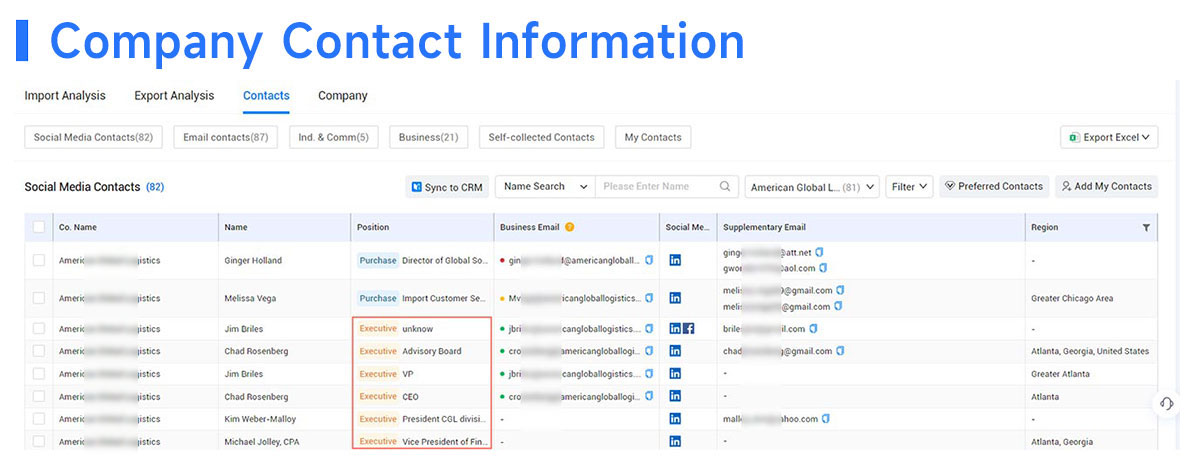
Category
Leave Message for Demo Request or Questions


 T-info
T-info T-discovery
T-discovery

 My
Tendata
My
Tendata Market Analysis
Market Analysis Customer
Development
Customer
Development Competitor
Monitoring
Competitor
Monitoring Customer Relationship
Customer Relationship